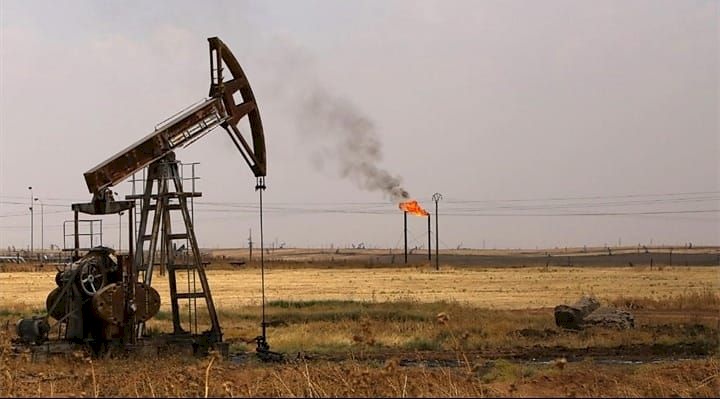
Stability of Oil Prices After Decline Amid Fears of New Trade War
SadaNews - Oil prices stabilized after falling to a five-month low on Tuesday, amid expectations of a significant oversupply and escalating trade tensions between the United States and China.
Brent crude traded near $62 a barrel after it declined by 1.5% in the previous session, while West Texas Intermediate crude fell below $59. The International Energy Agency stated on Tuesday that the global oil market will witness an oversupply of about 4 million barrels per day next year, an increase of nearly 20% from its previous projections.
Concerns About Trade Escalation and Market Impact
Investors are preparing for any additional escalation between the world's two largest economies after U.S. President Donald Trump said he might stop cooking oil trade with China, following Beijing's imposition of sanctions on U.S. units belonging to a South Korean shipping giant. However, a conciliatory tone emerged from U.S. Trade Representative Jameson Greer, who predicted that tensions with China would ease following the latest round of talks.
Oil has fallen about 17% since the beginning of the year, as concerns about oversupply have increased, while the OPEC+ alliance seeks to regain its market share by increasing supplies. Executives from major oil trading companies, including Gunvor Group and Trafigura, stated at an industry conference in London that the long-anticipated surplus has now become a reality, and is likely to put pressure on prices in the coming phase.
"Era of Repricing" Pressures Oil Prices
Robert Rennie, head of commodity and carbon research at Westpac Banking Corp, said, "The drop below $65 was the beginning of a repricing that will push Brent below $60," adding that the OPEC and International Energy Agency reports indicated an increase in production, "which means that the current oversupply in the crude market will worsen further."
Some market indicators are showing additional signs of weakness, as the time spread, which is the gap between the nearest two contracts for Brent crude in December, has flipped to a "contango" state, which is a bearish price structure meaning that spot prices are lower than futures prices.
At the same time, U.S. Federal Reserve Chairman Jerome Powell indicated that the central bank is on track to implement an additional quarter-point cut in interest rates later this month, which could support crude prices by stimulating economic activity and weakening the U.S. dollar.

Asian Stocks Rise After Crypto Market Turmoil

Egypt decides to dispose of the regasification ship docked at Aqaba port in Jordan after r...

Stability of Oil Prices Amid Concerns Over Geopolitical Risks to Supplies

Gold Declines Due to Profit-Taking Ahead of Powell's Statements and Important U.S. Data

Russia Opens Its Doors to Chinese Citizens Without Visa

Likelihood of Japanese Interest Rate Hike Temporarily Stops Yen Decline

Oil prices rise supported by OPEC+ production plans
